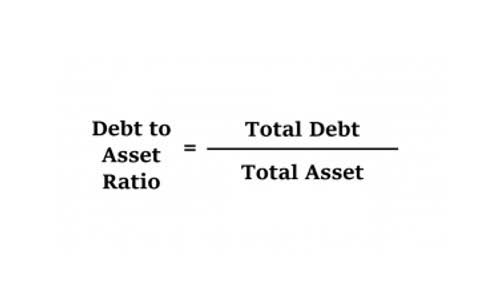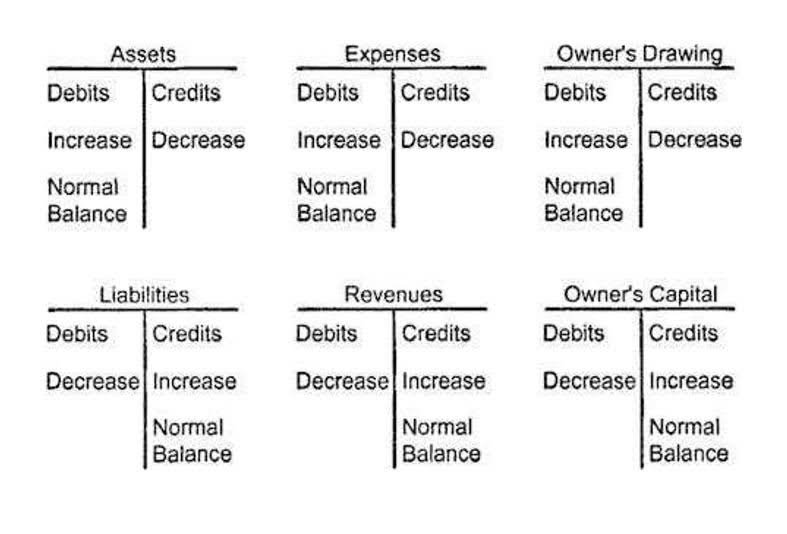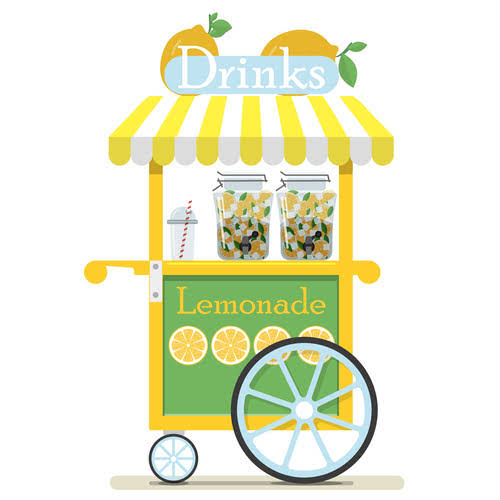Free On Board FOB Shipping: Meaning, Incoterms & Pricing
17.11.2023
If a shipment is sent FOB shipping point, the sale is considered complete as soon as the items are with the shipment carrier. At the same time, the buyer will record the goods as inventory, even though they’re yet to physically receive them. When goods are labeled with a destination port, the seller stays responsible for damages, lost items, and other costs and issues until the shipment is complete. The buyer should record the purchase, the account payable, and the increase in its inventory as of December 30 (the date that the purchase took place). Since the goods on the truck belong to the buyer, the buyer should pay the shipping costs.
- FOB, or “free on board,” is a widely recognized shipping rule created by the International Chamber of Commerce (ICC).
- However, the disadvantage for the buyer is the lack of control over the shipment, including shipment company, route, and delivery time.
- The supplier’s responsibility ends once the electronic devices are handed over to the carrier.
- Our Q & A section includes a worked example of FOB shipping point freight prepaid.
- FOB Destination is more beneficial to the buyer, whereas FOB Shipping Point benefits the seller.
- If any shipping is required to get the goods to the buyer, the buyer will contract for that shipping and pay for it.
What is FOB destination?
The seller delivers the goods alongside a shipping vessel chosen by the buyer at a specified port. When transporting products to a customer, the two basic alternatives are FOB shipping point or FOB destination. FOB shipping point holds the seller responsible for the products until they begin their journey to the consumer. With fob shipping point FOB destination, the seller is held responsible for the items until they reach the customer. The shipper will generally register a sale as soon as cargo leaves its shipping pier, irrespective of the delivery conditions. Thus, the true significance of FOB destination conditions is the issue of who pays for the freight.
- Also known as “FOB Shipping Point,” this term means the buyer assumes both ownership and all freight costs right from the seller’s location or originating port.
- FOB Origin and FOB Destination each come with their own set of responsibilities, costs, and risks for buyers and sellers.
- Its smart new technology skips hefty international transfer fees by connecting local bank accounts all around the world.
- Freight Collect is often the choice for businesses that prefer to have full control over every aspect of the shipping process, from selecting shipping terms to managing freight charges.
- In this case, the seller may take care of the shipping costs and be responsible for any transportation liabilities.
Free On Board (FOB) Shipping: Meaning, Incoterms & Price in 2024

In a general sense, though, many buyers prefer FOB destination deals as seller takes on the risk of transport. Free on Board shipping is further broken down into either FOB Destination or FOB Shipping Point, which essentially determines who foots the majority of the transportation bill – the buyer or the seller. Accounting for FOB impacts when revenue is recognized, and inventory is valued on financial statements. Properly applying FOB terms ensures accurate reporting of sales revenue and inventory values. On the flip side, the disadvantages of FOB Origin involve increased liability and potentially higher costs compared to FOB Destination, where buyers have less control over shipping.

What are some other essential shipping terms related to FOB?

For example, if a company was shipping its goods to New York City, it would be written out as FOB New York. With accounting and FOB shipping arrangements, other options may need to be considered. Or under „freight collect and allowed,“ the buyer would pay for the shipping but deduct the cost from the seller’s payment. If the goods fell overboard at that point or were damaged, they became the buyer’s loss, not the seller’s. The difference between the two designations can be a big deal for businesses because it indicates which party is responsible for the costs if a shipment is lost, stolen, or damaged. Our Q & A section includes a worked example of FOB shipping point freight prepaid.

Products & Services
- It requires the supplier to pay for the delivery of your goods up until the named port of shipment, but not for getting the goods aboard the ship.
- If you’re ordering many products from a single seller, you may have more leverage to negotiate FOB destination terms, as the cost of shipping per unit will likely be lower for the seller.
- That’s because they have more control over choosing shippers and insurance limits.
- There are situations where you may be responsible for covering costs before your goods are on board.
- While both are shipping terms, CIF (Cost, Insurance, and Freight) includes insurance and transportation costs, whereas FOB only covers transportation expenses.
Only upon delivery, at the predetermined destination, do the costs and responsibilities transfer to the buyer. In classic FOB contracts, sellers are relieved of responsibility and costs for their goods, once the goods are loaded onto a container ship. Generally, FOB is generally specified in a sales agreement and is accounted for under inventory costs.
Would you prefer to work with a financial professional remotely or in-person?
- Free on Board (FOB) is a shipping designation in international trade, indicating the point at which responsibilities and risks of goods transfer from seller to buyer.
- FOB impacts shipping costs and risk management strategies in case of damaged goods during transit.
- For sellers who deal with delivery — and sales taxes — FOB is all about shipping.
- FOB Destination emphasizes sellers, who are accountable for ensuring safe delivery to the buyer’s designated location.
- The choice between FOB Origin and FOB destination depends on the specific needs of both parties.
- In FOB destination, the seller would pay for, and be liable for, transportation from herself to the buyer’s unloading dock.
Both CIF and FOB are agreements used for international shipping when products are transported between a seller and buyer. The main difference between CIF and FOB is who is responsible for the products in transit. FOB on an invoice stands for Free On Board or Freight On Board and refers to the point after which a business shipping products to a buyer is no longer responsible for the items. FOB is always followed by a designation to indicate when the seller’s obligation ends. It is important to understand the nature of the term accounting FOB, as it will affect how the freight charges are posted to the accounting records. Be explicit in your communications, especially regarding freight charges and when ownership passes between buyer and seller.